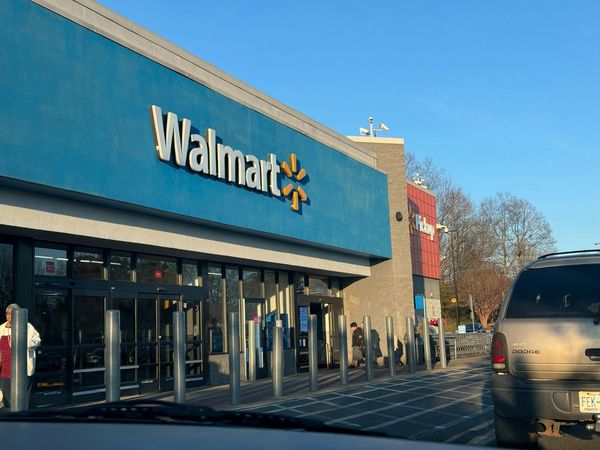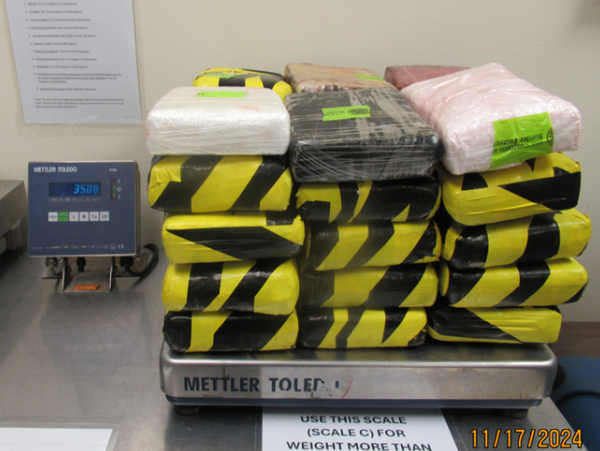
American homeowners with high-interest mortgages have not seen their holiday wishes come true. Dreams of lower rates for mortgage refinancing relief in the new year have been dashed. In fact, not only have rates not declined, they have been creeping higher—like the Grinch who stole refinancing.
With the average interest rate for a conventional 30-year mortgage hovering stubbornly around 7%, the refi environment feels frozen solid. Homeowners with higher rates will need to suit up, bank the fire, and hold on to their existing loans, but there are some edge cases where it might make sense to refinance in 2025.
Mortgage refinancing slipped lower at the end of 2024
For the week ending Dec. 27, 2024, refinance applications were down 36% from two weeks prior, according to the Mortgage Bankers Association. That figure includes an adjustment for the Christmas holiday. Overall, the MBA data shows that mortgage applications decreased almost 22%. Purchase applications were down 13%.
Why the drop in applications? Likely because interest rates were creeping higher at the same time. The MBA release noted that rates for 30-year, fixed-rate home loans neared 7% during that time period.
“Not surprisingly, this increase in rates—at a time when housing activity typically grinds to a halt—resulted in declines in both refinance and purchase applications,” wrote Mike Fratantoni, MBA’s senior vice president and chief economist, in the release.
Will 2025 be a good time to refinance your mortgage?
For a huge swathe of homeowners, the answer to that question is a resounding “no.” That’s because roughly 80% of outstanding home loans—as of September 2024—have interest rates below 5%, according to data and technology company CoreLogic.
Some homeowners even have interest rates of 3% or lower, acquired when rates were at record lows during the coronavirus pandemic era as the government and the Federal Reserve tried to keep the economy out of recession.
You’re not likely to see a lower rate than that any time in the near future, to put it bluntly. But, homeowners seeking to refi from a rate closer to 7% may have cause to hope.
“It seems like fixed rates will probably be in the 6’s for the majority of this year, with adjustables dabbling in the 5’s,” says Sarah DeFlorio, vice president of mortgage banking at William Raveis Mortgage. “It’s important to be a little patient when thinking about doing the refi as you have to take the closing costs into account before you will be able to start realizing savings. The good news is it’s not a matter of if but a matter of when rates will come down.”
You may also opt to refinance for reasons other than a lower rate—for example, to change loan terms or to leverage the equity you’ve built. We’ll take a look at each situation next.
3 rules for mortgage refinancing
Despite the fact that the majority of homeowners will not be looking at mortgage refinancing this year, it’s still worth understanding the three rules that should dictate the choice of whether you should refinance your mortgage.
1. Can you get a lower interest rate and save?
One refi guideline you may have heard is that if you can get a rate that’s a full percentage point lower than your current one, it’s worth refinancing.
For homeowners who want to take a more holistic view, Reed Letson, mortgage broker and owner at Elevation Mortgage, suggests taking into account these factors:
- Savings per month
- New loan term
- Cost to refinance
By way of an example, Letson says that if you save $250 a month from refinancing, and pay $5,000 in closing costs, you’d break even in 20 months. If you plan to remain in your home longer than 20 months, you should proceed with a refi.
2. Do you want a different loan term?
The typical home loan repayment term is 30 years, but some homeowners opt for 15 years in order to save on interest over the life of the loan. Not only are you paying interest for half the length of time, but interest rates on 15-year mortgages tend to be lower than for 30-year loans.
But, if the higher monthly payment that comes with a shorter loan term becomes a burden, one option is to refinance to a 30-year mortgage.
For example, let’s consider some numbers generated with the federal government’s 15 vs. 30-year mortgage calculator on the Office of Financial Readiness website. On a $300,000 loan, assuming a 6.7% rate on the shorter repayment term and 7% on the longer one, the monthly payment for the 15-year mortgage could be about $650.51 more expensive.
The flip side is that choosing the 30-year loan in the example above results in paying $242,168.72 more in interest over the life of the loan.
3. Do you want to tap your equity?
“If you have equity in your home and you can use that equity to address your financial goals, refinancing—even at a higher rate—could make sense,” says Fred Bolstad, head of retail home lending at U.S. Bank.
As of Q2 2024, CoreLogic data put the average U.S. homeowner’s equity growth at $25,000 over the course of a year.
If tapping your equity with a cash-out refinance helps you reach a financial goal, such as making needed improvements to your home, paying off high-interest debt, or being able to swing a down payment on an investment property, you may decide it’s worth refinancing—even if you have to accept a higher rate on your new loan.
That said, be clear eyed in evaluating your long-term ability to deal with the larger amount of interest you’ll pay over the life of the loan in exchange for cash on hand now. Borrowers who take cash-out refis may be more likely to end up paying on their loans into retirement rather than owning their homes free and clear, per a 2023 analysis by the Consumer Financial Protection Bureau (CFPB).
HELOC vs. refinance: Which should you choose?
If you wish to tap home equity but don’t want to give up your current mortgage rate, a home equity line of credit (HELOC) might be a better financial tool than a cash-out refinance. That’s particularly true in cases where you need a relatively small dollar amount.
When comparing a refi vs. a HELOC, Letson of Elevation Mortgage advises homeowners to ask their loan officer about what’s called the “blended rate.” That’s a calculation which combines the rates for the original mortgage plus the HELOC. If the rate you’d get on a mortgage refinance would be higher than the blended rate for taking out a HELOC, the latter may be the way to go.
A HELOC can also offer more flexibility at a potentially lower cost.
“My wife and I took out a $70,000 HELOC during COVID because we were unsure of what the market was going to do,” Letson says. “We have this as a safety net so if an unexpected expense comes up, we have the funds for it. If we had done a refinance, we would have been paying the interest on the entire $70,000 balance.”
But, some consumers may like the predictability and consistency of the payment plan that comes with a cash-out refi. When you take out a fixed-rate mortgage, you generally have a set, consistent payment amount each month. Plus, you have just one payment to manage.
With a HELOC, you’ll have your original mortgage payment plus the HELOC payment. And HELOC repayment typically involves a draw period where you can make minimum payments of interest only and a repayment period where you’ll need to pay both interest and principal.
HELOCs are like credit cards in that both are revolving lines of credit account holders can borrow against and pay off. And, like a credit card, it’s key to be disciplined about how much you can afford and to avoid overspending with a HELOC. Remember, it’s secured by your home.
Also, be aware a HELOC will generally come with a variable interest rate, meaning your rate can go up or down in conjunction with an index—often the prime rate.
Choosing a mortgage lender for your refi
Let’s say you’ve weighed the pros and cons and decided that refinancing is the right move. Should you stay with your existing lender? The answer is a resounding “maybe.”
Some lenders will offer you incentives to keep your loan with them because they don’t want to lose your business. For example, your lender might waive a portion of your closing costs if you stick with them. Citibank estimates closing costs on a refi may run 1% to 4% of your loan amount—meaning $3,000 to $12,000 if we stick with the example of a $300,000 loan.
So, if you can get a competitive rate with your existing lender and a discount for your loyalty, that might be the best of both worlds. But if you decide to shop around, Letson notes that mortgage brokers such as himself can help streamline things.
“In addition to seeing what your current servicer is offering, reach out to a mortgage broker who has access to more than 100 wholesale lenders,” he says. “By going this route, you will be able to shop rates with many lenders all at once while only having to fill out one loan application.”







